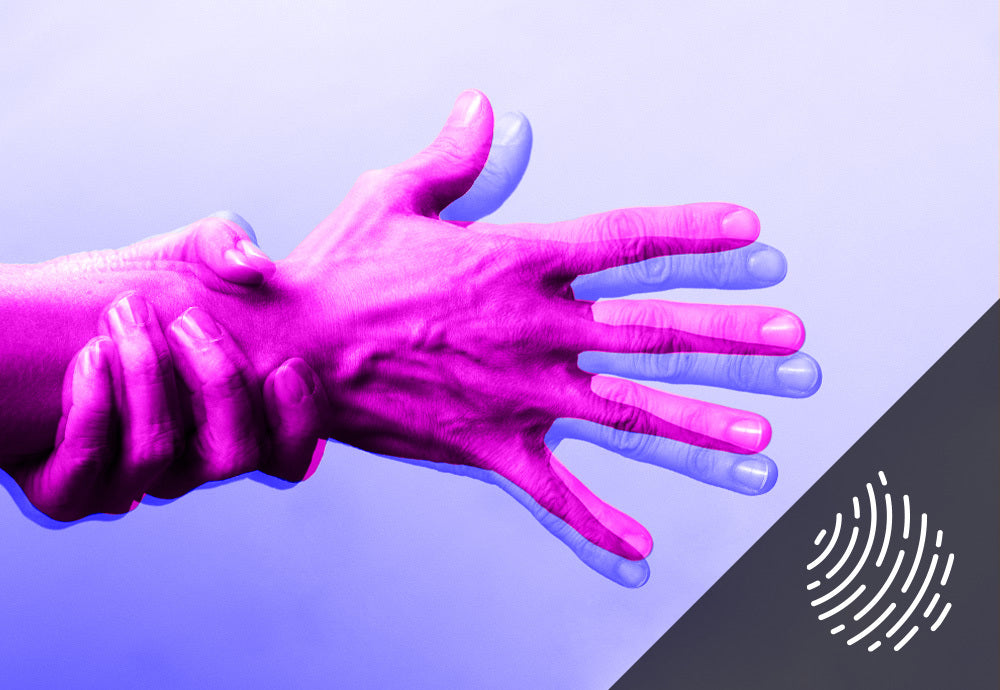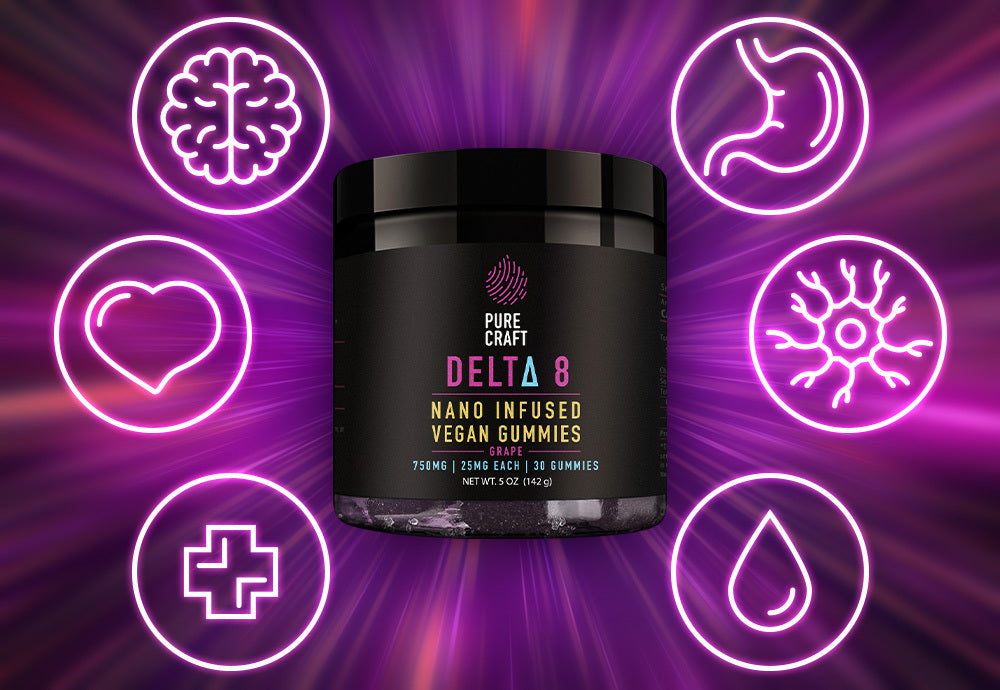Your Cart is Empty
FREE SHIPPING ON ORDERS $70+ | SATISFACTION GUARANTEED
There’s a lot of conflicting information on the interwebz about cooking and baking with CBD. Some sources say go for it. Some say not to do it at all. Yet, there are countless CBD-infused recipes out there.
As more people discover the benefits of CBD, there’s sure to be more recipes. And more debates. Le sigh.
As a science-driven CBD company, we can admit that naysayers of cooking with CBD have a point. Some temperatures and environments can compromise the compounds in CBD products.
This doesn’t have to hold you back from adding CBD to your food, though. You can turn to science and learn how to do it the right way. You may even be able to maximize the benefits.
Grab your lab coat (or apron!) and read on if you want to take a scientific approach to adding CBD to your cooks and bakes.

CBD is one of the main cannabinoids found in hemp. In fact, CBD is shorthand for cannabidiol. Terpenes, also abundant in hemp, may have health benefits and cause the sought-after "entourage effect."
Exposure to just about anything — heat, UV light, air — can degrade cannabinoids and terpenes. It’s called oxidation. That's why Pure Craft uses UV protected bottles for our Nano CBD Broad Spectrum Oil and Nano CBD Water Solubles.
This doesn't mean you have to stress about CBD potency loss as soon as you open the bottle. There will be a small loss of potency while you whip things up. But, the same will happen with any foodstuff that isn’t full of preservatives.
Think of it like any other ingredient. You want to eat it before it spoils.
The secret to cooking with CBD without compromising it is to avoid reaching boiling points.
What’s a boiling point? *Grabs lab goggles*
When a liquid reaches its boiling point, it turns into vapor. Think steam coming off boiling water.
CBD and terpene compounds have boiling points of around 350℉/176℃. Some are a little higher, and some are a little lower, but staying below 350℉/176℃ is a good rule of thumb.
Just because the CBD or terpene compounds are suspended in what appears to be a solid food doesn't mean the boiling point doesn't matter.
Think about it like roasting vegetables. You pop a sheet tray of fresh, crisp veg into the oven. Twenty minutes later, they come out shriveled and browned. While tasty, they've lost some vitamins, minerals, and terpenes.
Yes, veggies contain terpenes. Some fruits and veg have the same terpenes as hemp. Plant power!
So, does this mean you can bake cookies with CBD? They’re usually a low-heat bake.
Well, you can, but oven temperatures fluctuate quite a bit when baking. They will almost certainly reach a higher temp than what you set it to. And, some ovens are simply hotter than others.
Because of this, very low or no-heat recipes are ideal for baking and cooking with CBD. Freezing is good, too.
Pro tip: CBD-infused food can be stored in the freezer if you aren’t going to eat it right away. Freezing doesn’t harm the CBD and terpene compounds.
You might be wondering, “If there’s a chance the CBD could become compromised, why would you want to add CBD to culinary recipes?”
Here are some reasons why some folks might enjoy homemade CBD goodness.
Let’s chew on that last point about absorption for a sec. ‘Cause, it seems health benefits are a legit reason to mix CBD and food.
Thanks to nanotechnology, Pure Craft CBD is already super bioavailable. But, some might like to see what taking it with food does for them.
One study found that when patients with epilepsy took CBD with food, it improved the absorption rate. Better absorption could make it more effective.
Some people start the keto diet or paleo diet if they’re struggling with pain and inflammation. Taking CBD oil on these low-carb, high-fat diets might help with that.
To each his or her own. You might be satisfied taking CBD or giving your pet CBD tincture. Or, you might want to try your hand at CBD recipes.

There’s a whole world of CBD products out there ranging in quality and price. Some are hard to find, some cost more than snooty wine, and some contain funky ingredients.
To keep things simple, we’ll focus on common and cost-effective forms of CBD: CBD oil and CBD water-soluble tincture.
Quick note: We can’t speak to the quality of other brands’ CBD oil and CBD water-soluble tinctures, but ours contains CBD from organically grown hemp. We only include what’s necessary with no funk or fillers. Promise.
Since CBD oil is, well, an oil. Dishes that include oil are the perfect place to add it.

As the name suggests, water-soluble CBD tincture can go anywhere water or liquid does.
Don’t feel restricted by these lists. Start experimenting based on the principles for each form of CBD and see where it takes you!
Thinking about bringing a salad tossed in CBD-infused dressing to your next potluck? Stop right there. Sneaking anything into people’s food without telling them is not cool.
Some people may have been advised by a doctor not to use CBD due to certain medical conditions or medications they’re taking. Some might have allergies or sensitivities to other ingredients in CBD products.
Others might be abstaining for personal or professional reasons.
Follow these best practices when cooking with CBD:
Whether you’re cooking or baking with CBD for your health or just for fun, remember to enjoy yourself! Preparing food at home has been linked to longevity. Pair it with high-quality CBD to create a recipe for wellness.

The cannabis compound CBD has been popping up in Parkinson’s disease (PD) therapy and prevention conversations, propelled by success stories from p...
Read More
CBD is one of the most popular supplements on the market today. But you're a savvy consumer. You know just because something is popular doesn’t mea...
Read More
You know delta-8 as "weed-lite" or the "chillest of the cannabinoids." But what about all the potential health benefits of this unique compound? Wh...
Read More